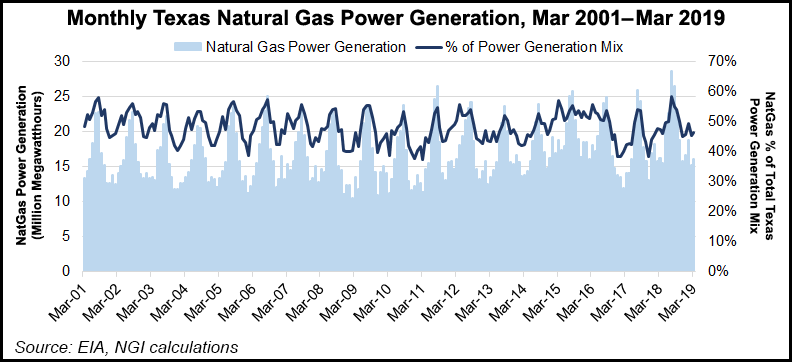Regulatory | NGI All News Access | NGI The Weekly Gas Market Report
Bipartisan Carbon Capture Bill Emphasizes Natural Gas Use to Lower Emissions
Touting the role of natural gas in reducing emissions, a bipartisan group of U.S. senators is seeking to incentivize research and development of carbon capture technology for natural gas.

Sens. John Cornyn (R-TX), Chris Coons (D-DE), Bill Cassidy (R-LA) and Kyrsten Sinema (D-AZ) on Thursday introduced the Launching Energy Advancement and Development through Innovations for Natural Gas (LEADING) Act. The bill would promote the continued use of natural gas in order to “keep energy bills low, maintain U.S. energy security and protect the environment,” they said.
“The U.S. leads the world in emissions reduction, but to build on that success, we need to incentivize innovation and partner with the private sector to create affordable solutions,” Cornyn said. “Instead of a one-size-fits-all mandate that would bankrupt our country, this bill encourages the continued use of natural gas so we can protect the environment and remain a global leader in energy innovation.”
In Cornyn’s home state, natural gas fuels more than half of the power generation capacity. Texas is also the country’s leading wind generator, with more than 22,000 MW of installed wind capacity, and the electric grid consists of 1,858 MW of utility-scale installed solar capacity.
The LEADING Act would require the Secretary of Energy to establish a program for the research, development and demonstration of commercially viable technologies for capturing carbon dioxide produced during the generation of natural gas power. The Department of Energy (DOE) would be tasked with developing cost-effective carbon capture technologies for use by gas-generating power facilities.
“By incentivizing research and innovation, the goal is to accelerate development and commercial application of natural gas carbon capture technologies and create a partnership with the private sector for demonstration projects,” the lawmakers said.
It would also encourage the DOE to participate with national laboratories, universities and research facilities, including the National Carbon Capture Center. Finally, it would require the DOE to solicit applications for demonstration projects and report to Congress detailing legislative recommendations, applicant evaluation method, expected goals for technology development, estimations of project costs and timelines for project construction.
“In order to address this global threat, we need to invest in innovative energy technologies that can drastically reduce carbon dioxide emissions,” Coons said. “The LEADING Act is critical to near-term reductions of emissions from our electricity and industrial sectors, and will help power innovation and create jobs.”
Cassidy added: “The United States is leading by example with cleaner burning natural gas, showing the world that families can have lower utility bills, a cleaner environment and better jobs. Transitioning to natural gas is lowering our carbon footprint, and investing in innovative technology will increase these benefits. Energy investment in Louisiana has created thousands of good paying jobs across our state and unleashed U.S. energy dominance.”
Indeed, rampant gas production growth has been a boon for Louisiana’s economy as the state is home to the country’s largest liquefied natural gas export terminal, with other projects in service or under construction.
© 2024 Natural Gas Intelligence. All rights reserved.
ISSN © 1532-1231 | ISSN © 2577-9877 | ISSN © 1532-1266 |
